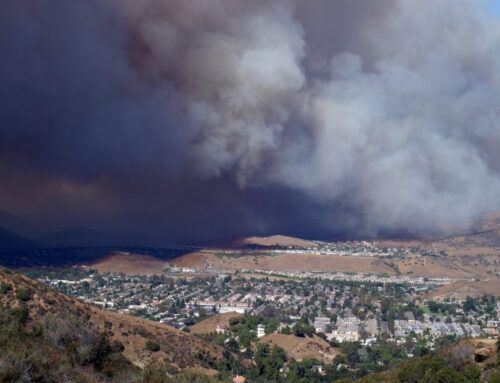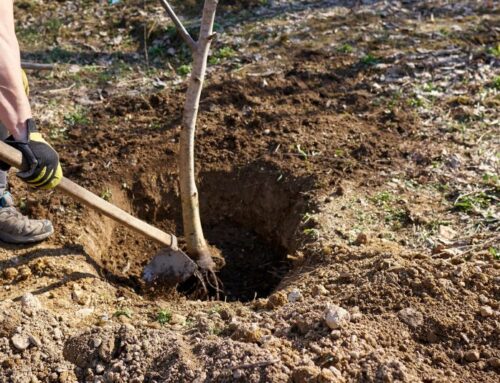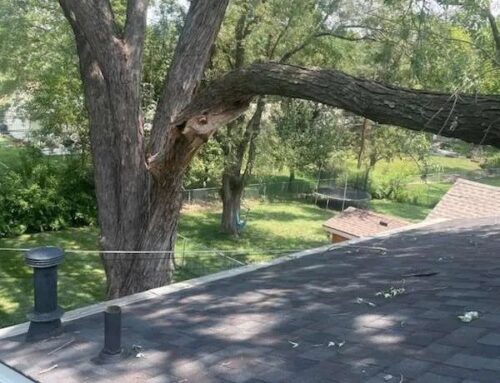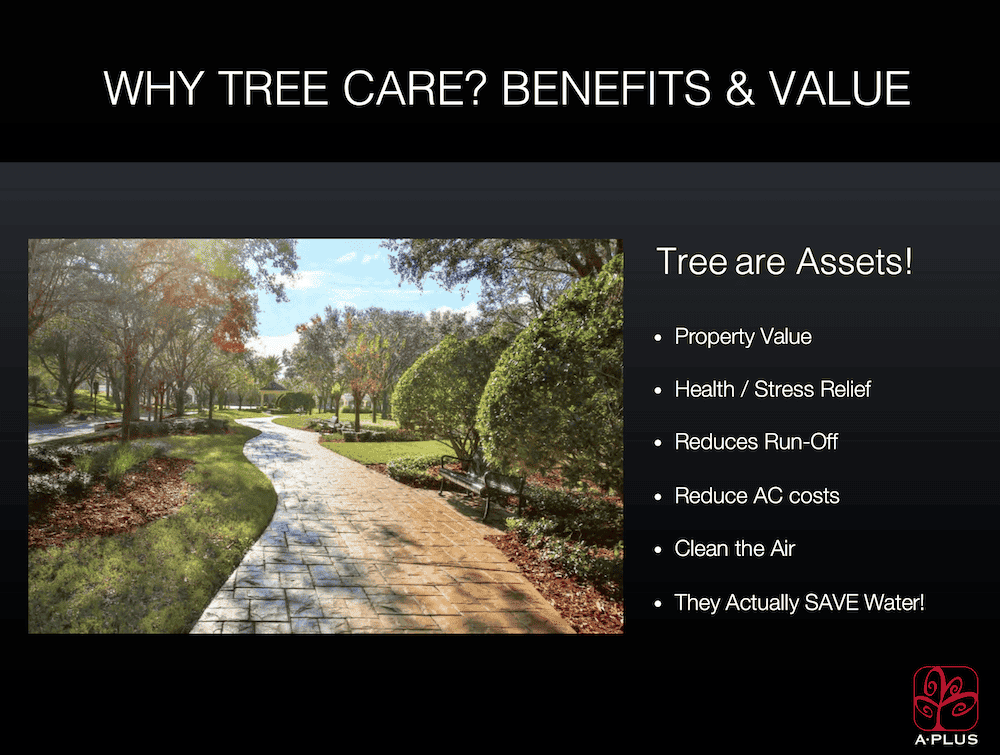Trees help make life possible! They provide us with oxygen, health benefits, and beauty, and are often keystone species that benefit many other life forms. But what goes in the life of a tree itself? Let’s walk through the journey of a tree’s growth, from a tiny seed to a decaying log, and highlight the importance of each stage.
The Lifecycle of a Tree
The lifecycle of a tree spans growth, development, and transformation, each of which is crucial to the tree’s health and contribution to the ecosystem. Let’s start right from the beginning: the seed.
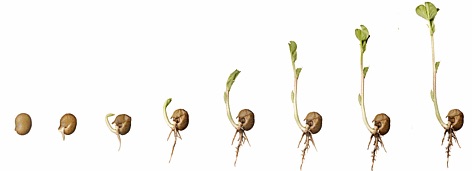
Seed
The journey of a single tree begins with the seed. Seeds come in various shapes and sizes, each adapted to its environment. Some seeds are encased in hard and protective shells, while others have wings or fluffy appendages to help them disperse. A seed contains the genetic blueprint of the tree and the nutrients required for initial growth.
Seeds can lie dormant for months or even years until conditions are just right for germination. Factors such as temperature, moisture, and light determine when a seed will sprout. During dormancy, the seed is protected by its outer coat so that it can survive harsh conditions until it’s ready to grow.
Germination
Germination is the process by which a seed transforms into a young plant. When conditions are favorable—typically warm temperatures, sufficient moisture, and appropriate light—the seed absorbs water and swells. This triggers the growth of the embryonic plant inside.
The first visible sign of germination is the emergence of the radicle, or primary root, which anchors the seed into the soil and begins absorbing water and nutrients. Next, the shoot breaks through the soil surface and starts to grow towards the light. Germination is a critical phase, as the seedling is highly vulnerable to environmental stresses, pests, and diseases.
Seedling
Once the seed has successfully germinated, it enters the seedling stage. At this point, the young tree starts to develop its first true leaves, which are essential for photosynthesis. Photosynthesis allows the seedling to produce its food by converting sunlight into energy.
During the seedling stage, the tree continues to grow its root system, providing stability and access to water and nutrients. This stage is characterized by rapid growth as the tree strives to establish itself. Seedlings require adequate light, water, and protection from herbivores and competition from other plants to thrive.
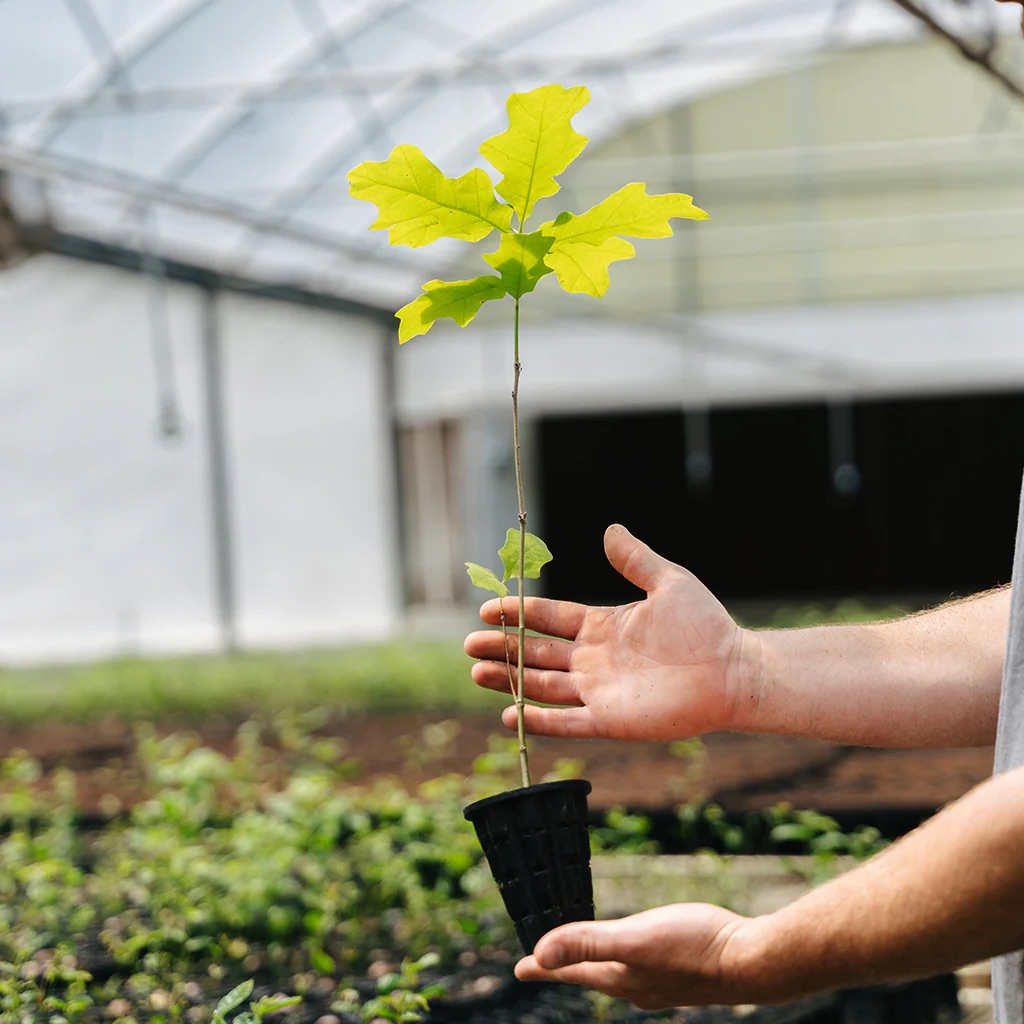
Sapling
As the tree continues to grow, it transitions into the sapling stage. A sapling is typically defined as a young tree that is between one and three years old, although this can vary depending on the species. During this stage, the tree’s trunk begins to thicken, and it develops a more extensive root system.
Saplings are more resilient than seedlings but still face significant challenges. They must compete with other vegetation for light, water, and nutrients. Proper care and management during this stage, such as pruning and tree health care, can help the tree’s establishment and longevity.
Mature Tree
A tree is considered mature when it reaches its full height and starts to produce seeds. The age at which a tree becomes mature varies widely among species. For some trees, this can be as early as ten years, while others may take several decades.
Reproduce
Reproduction is a crucial stage in the lifecycle of a tree, ensuring the continuation of the species. Trees reproduce in various ways, but most commonly through the production of seeds. Flowering trees produce flowers that, when pollinated, develop into fruits containing seeds. Conifers, like pines and firs, produce cones that contain seeds.
Reproductive strategies can vary significantly among tree species. Some trees rely on wind to disperse their seeds, while others depend on animals to carry them to new locations. Successful reproduction ensures genetic diversity and the survival of the species in changing environments.
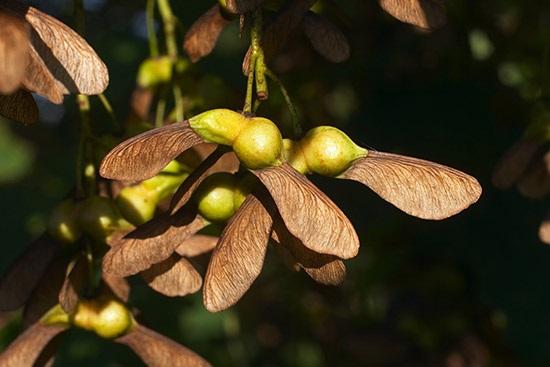
Decaying Tree: Essential to Life
As trees age and eventually die, they enter the decaying stage. While it might seem like the end of the tree’s lifecycle, this stage is incredibly important for the ecosystem. Decaying trees provide habitat and food for various organisms, including fungi, insects, and birds.
Decomposing wood releases nutrients back into the soil, enriching it and promoting the growth of other plants. This nutrient cycling is essential for maintaining healthy ecosystems. Additionally, dead trees can provide structural complexity to forests, contributing to biodiversity and resilience.
Harvesting
In managed forests and plantations, trees may be harvested for their wood, which is used for construction, paper, and other products. In urban forests, pruned branches and removed trees can be turned into mulch for use in planting and landscaping.
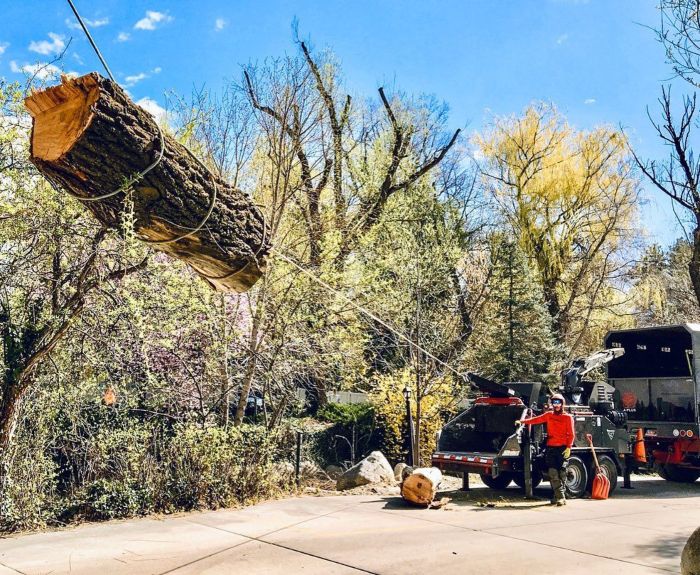
Planting Trees for Healthy Growth
When selecting trees to plant, consider the local climate, soil conditions, and available space to help ensure healthy tree growth. Use proper planting techniques so that the tree is set up correctly and there are fewer issues in the long run. Dig a hole that is the right size for the tree’s root ball, plant the tree at the correct depth, and provide adequate water and mulch. Regular care and maintenance, such as watering, mulching, and protecting the young tree from pests, are essential for its survival and growth.
Professional Tree Care for a Healthy Tree Growth
Professional tree care services help maintain the health and longevity of trees. Our Arborists are trained to provide expert advice and services, including tree pruning, tree fertilization, and tree health care. Whether you have a young sapling or a fully-fledged giant, get regular inspections and tree care so your trees grow strong and healthy!

